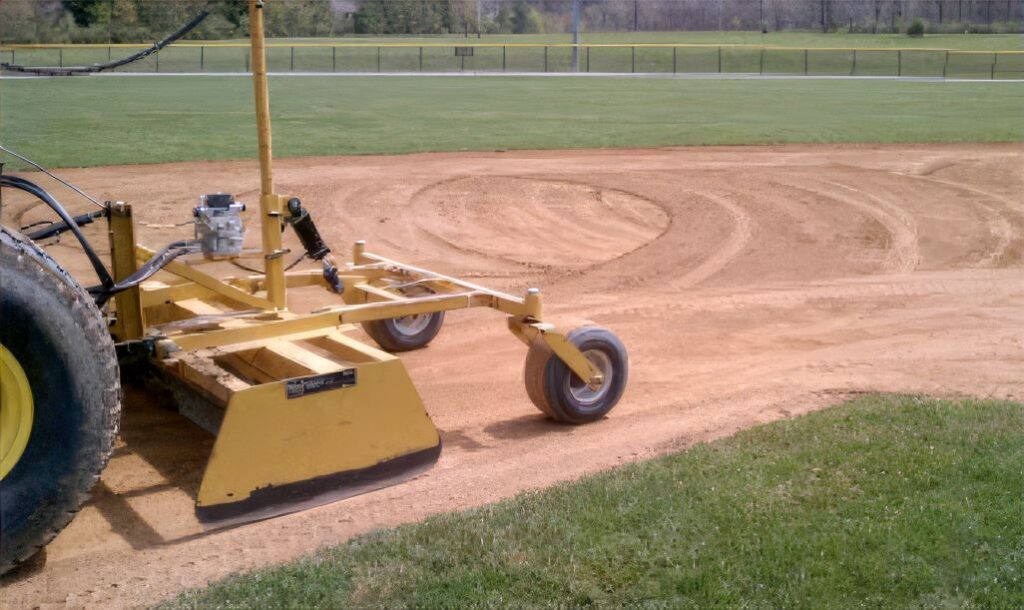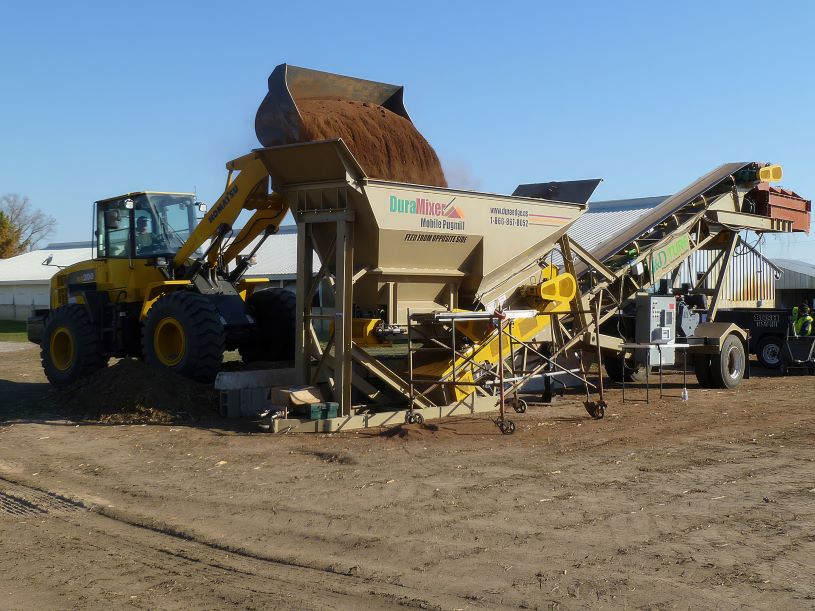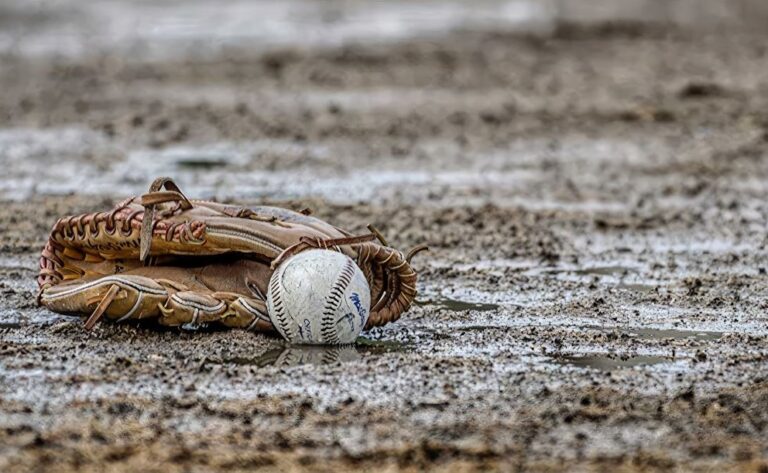By Paul Zwaska
While some parts of the United States are battling a daunting drought, other parts of the country may be dealing with lots of rain. You just never know. In fact, things can change very quickly. For example, a few years back, within a three-week span, the entire state of Texas went from a major four-year drought to being totally drought free. It takes a lot of rain to knock out four years of drought in just three weeks. With all that rain, surely there were many having issues with trying to get their fields ready after a rain. If you have already encountered a lot of rain, or you do later this season, let’s take a look at what you can do to help your fields recoup from a rain event as quickly as possible.
1. Keep your infield properly graded
First and foremost, make sure that your infield is properly graded to promote positive surface drainage. Ideally, the infield should be graded so that the area around the base of the pitcher’s mound is the highest point on the infield with the surface grade then sloping away from the mound in all directions. However, depending on the lay of the land that the field was built on, the other way of grading an infield would be to “sheet drain” it. This means the entire infield is tilted in one direction; for example, the infield may tilt from the first base foul line toward left field. In either instance, both of these surface grades are only efficient at draining the water off if the surface is smooth and consistent. In other words, there are no high spots or low spots to impede or deflect the drainage. Proper nail and float dragging are crucial maintenance practices that, when done correctly, will keep your skin surface in smooth and consistent surface draining condition.

2. Maintain your turf edges
Maintaining your turf edges to prevent lip buildup will allow the water to easily pass over from infield skin to turf area without any issues. When infield soil and infield topdressing buildup in the edges of the grass, that ridge or “lip” impedes the water from freely moving off the field. The more severe the lip, the more water it will hold back onto the infield skin. Properly maintain those lips to keep them from slowing your field from recuperating.
3. Choose appropriate infield soil material
The right infield soil material has a huge impact on speed of reentry onto an infield after a rain. Infield soils that are either high in silt or high in fine and very fine sand drastically affect how quickly the field is playable again after a rain. Even worse is when you have both problems! High silt and high fine sand content infield soils can take a day or multiple days to recuperate. Have your infield soil tested to check to see how your soil material lines up with the acceptable specifications. Strive for a balanced infield soil with the right amounts of medium to coarse sand and the proper ratio of silt to clay. It’ll make all the difference in the world as to how easy it will be getting the infield back into playing condition.

4. Use an infield topdressing
Use topdressing on your infield skin surface. An infield topdressing is a ¼” to ½” layer at the infield skin surface of a granular material that will not stick to a player’s cleat, even when wet. These materials, usually made of calcined clay, vitrified clay, expanded shale, crushed aggregate or crushed brick, tend to dry more quickly on the surface than if you just had the bare soil exposed. The topdressing will dry on the surface while your infield soil underneath is still moist, but the topdressing allows you still to reenter the field. It acts much like a mulch in a landscape bed, and provides many benefits in the performance of the infield.
5. Drag the field before rainstorms
When you know a rain is coming, keep the field dragged smooth if possible. The water will flow more easily and rapidly off the infield if it is smooth and not pockmarked with cleat marks and divots. Additionally, keep the field tight. A tight field absorbs less water than one that has been deeply nail dragged, which will create pores for water to fill and slow the drying process down considerably after the rain event.
How it rains can also have an impact in how fast your field will recuperate and come back online for play. A long, slow, light to moderate rain of a couple hours or more is very penetrating and will be deeply absorbed by your infield soil. This type of rain usually requires longer for the field to dry. Compare that to heavy rain lasting 15 to 30 minutes, or even an hour. This kind of rainfall, while possibly dumping many times the amount of water than a slow rainfall did, is a violent rainfall to the soil. That violent pounding of the soil compacts it and doesn’t easily allow water to be absorbed into the infield soil. With the right weather conditions, you may be amazed sometimes how fast you can get back onto a field after one of these gully washers, provided you did everything else mentioned above.
One more thing…
Let me leave you with one other piece of advice. The weather after a rain event matters just as much as how the rain fell. If your humidity is very high and has not lowered much below 75% after the rain, it will take much longer for the field to dry out. Sun and wind help, but there has to be room in the air parcel floating over your infield skin to take in more moisture. If the air parcel is 75% full, it won’t take much more in, but if it is only 50% full (50% relative humidity) then there is a lot of room to evaporate water from your field and be absorbed into the air parcels. The faster the humidity lowers after the event, the faster the drying process.
Make the right moves ahead of your rain events on your fields and you may come to not fear the rain as much or need to work as hard afterward either.
Paul Zwaska has spent 40 years in the sports turf industry, including more than 20 years with Beacon Athletics. He has experience maintaining, building and renovating ballfields, including more than 15 years with Major League Baseball as the Baltimore Orioles head groundskeeper. Zwaska holds a Bachelor of Science in Soil Science with a specialty in Turf and Grounds Management from the University of Wisconsin. For more than 18 years, Zwaska has volunteered with the Little League crew at West Madison Little League overseeing maintenance, renovations and crew mentoring at their facility. In addition, he initiated Beacon’s Groundskeeper University online training program in 2012.
Article and photos provided by Beacon Athletics.


